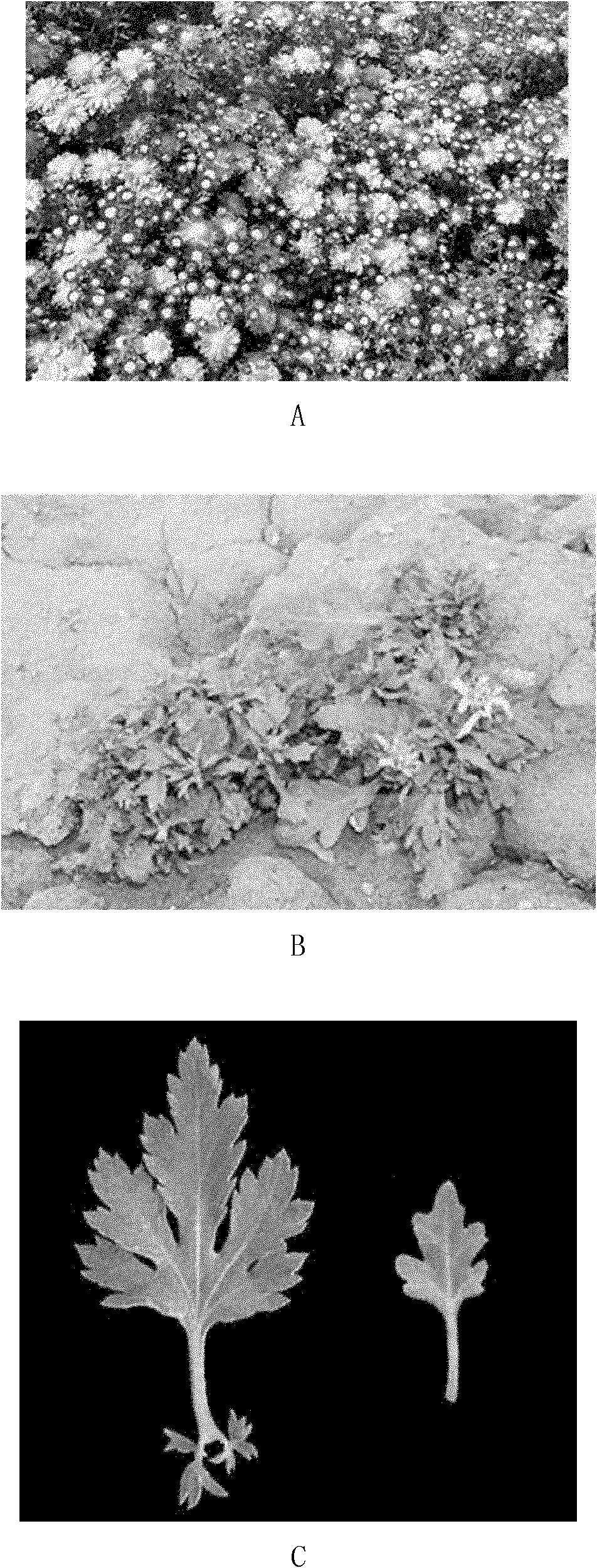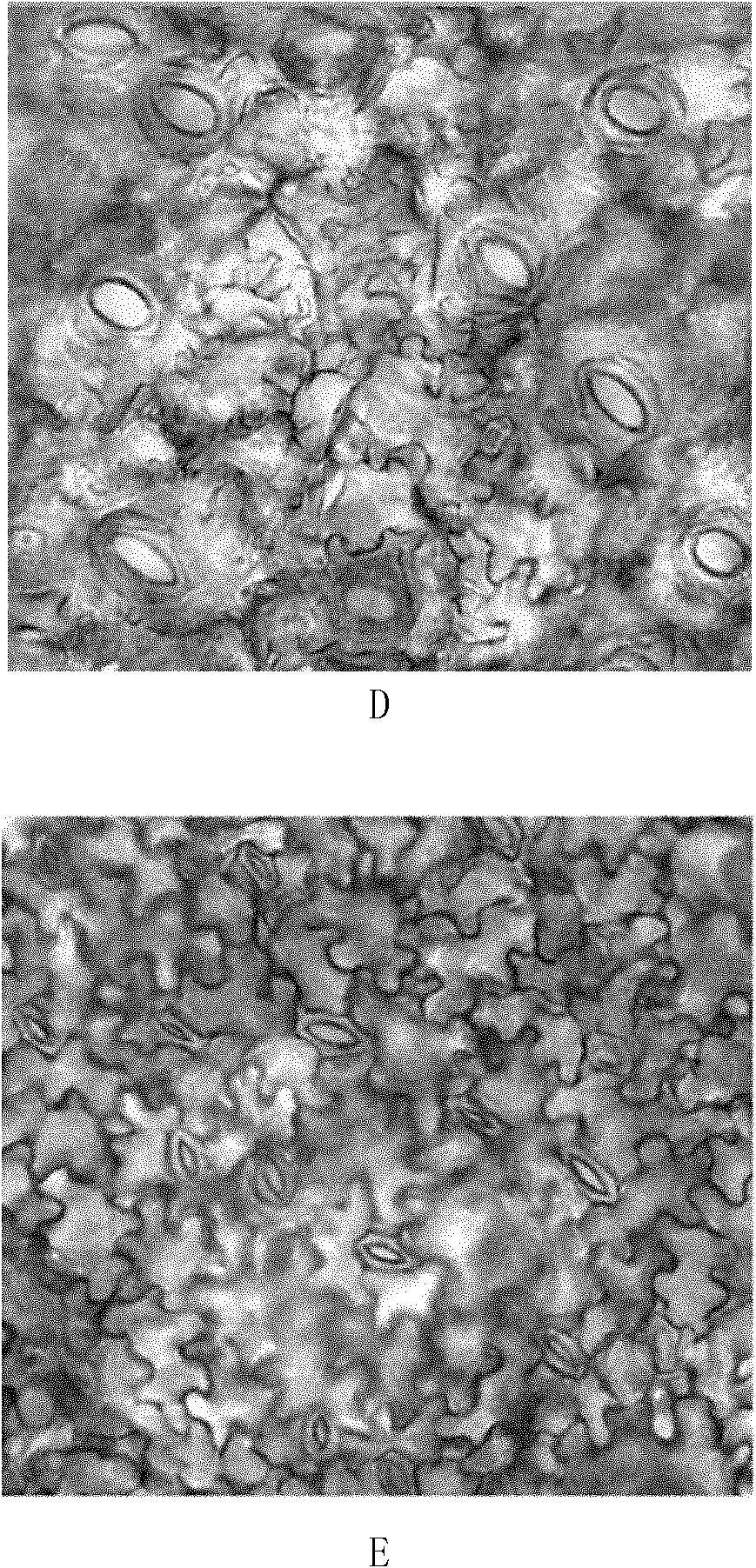Method for obtaining haploid of cultivated dendranthema morifolium
A haploid and chrysanthemum technology, applied in horticultural methods, botanical equipment and methods, plant genetic improvement, etc., can solve the problems of questionable results, low haploid frequency, and time-consuming, etc., and achieve true and reliable results. Broaden ideas and fields, and realize the effect of germplasm innovation
- Summary
- Abstract
- Description
- Claims
- Application Information
AI Technical Summary
Problems solved by technology
Method used
Image
Examples
Embodiment 1
[0027] Material selection: The cultivated chrysanthemum 'Zhongshan Zigui' (China Chrysanthemum Research Network, http: / / www.chrysanthemum.cn) was selected as the "female parent", and Chrysanthemum paludosum was selected as the male parent. The above materials are all planted in the "China Chrysanthemum Germplasm Resource Preservation Center" of Nanjing Agricultural University and can be sold externally.
[0028] (1) Hybridization was carried out in the greenhouse, using Zhongshan Zigui as the "female parent" for artificial detasseling and bagging isolation, using Baijingju as the male parent, collecting pollen by bagging when the tube-shaped flowers were about to bloom, and drying Inactivate with hot air, pollinate at 9-10 am or 3-4 pm, repeat pollination twice for the same inflorescence. After hybridization, the ovules were cultured in vitro by means of tissue culture. When inoculating, take the inflorescence head 13 days after cross-pollination, strip off the ovary of the e...
PUM
 Login to View More
Login to View More Abstract
Description
Claims
Application Information
 Login to View More
Login to View More - R&D
- Intellectual Property
- Life Sciences
- Materials
- Tech Scout
- Unparalleled Data Quality
- Higher Quality Content
- 60% Fewer Hallucinations
Browse by: Latest US Patents, China's latest patents, Technical Efficacy Thesaurus, Application Domain, Technology Topic, Popular Technical Reports.
© 2025 PatSnap. All rights reserved.Legal|Privacy policy|Modern Slavery Act Transparency Statement|Sitemap|About US| Contact US: help@patsnap.com



